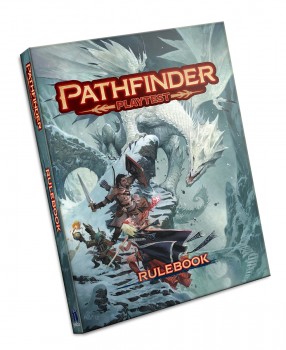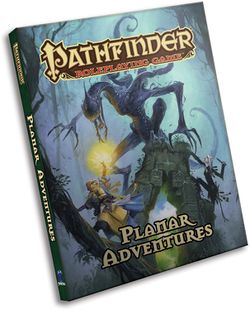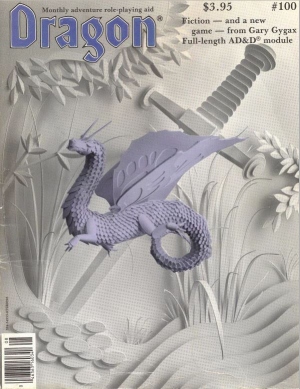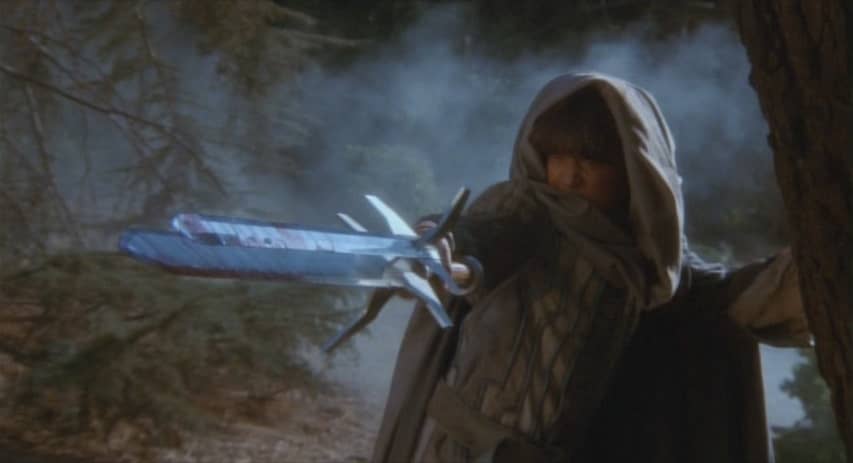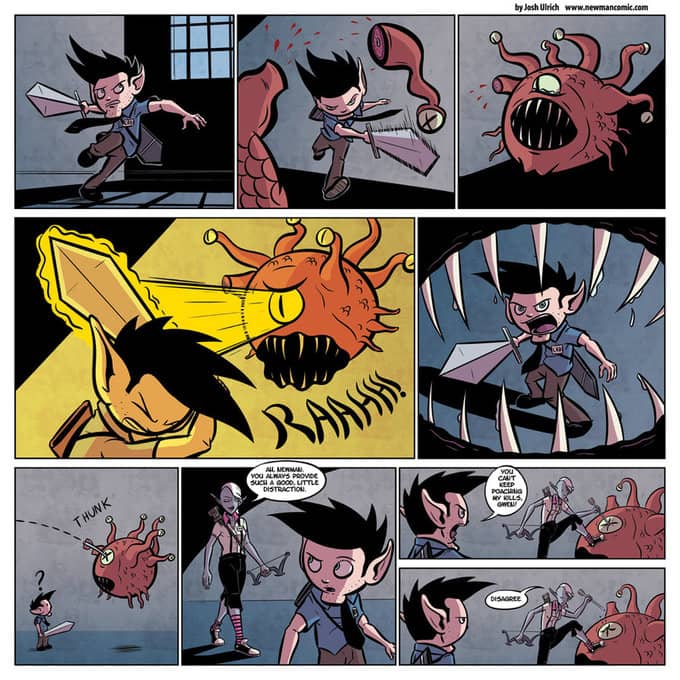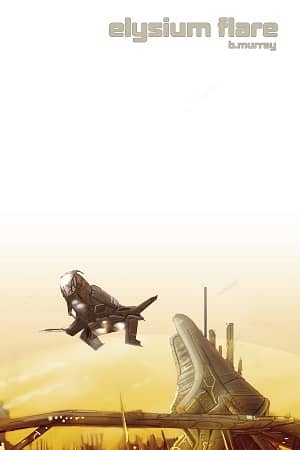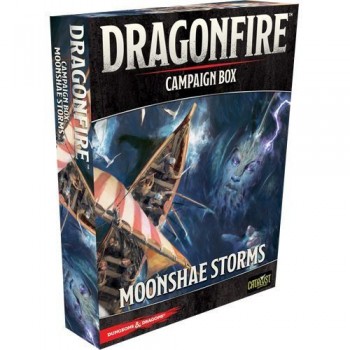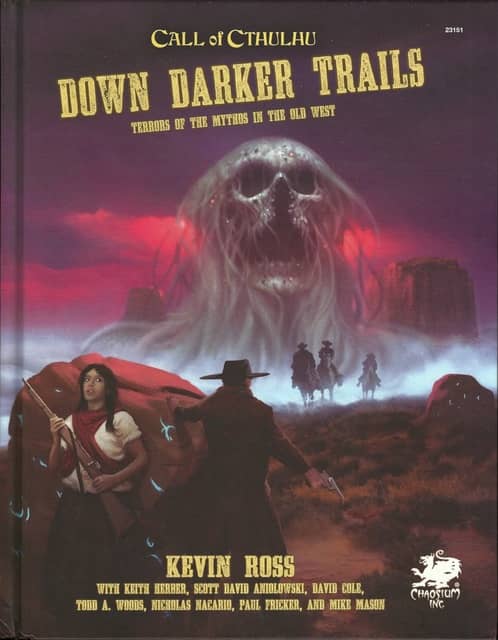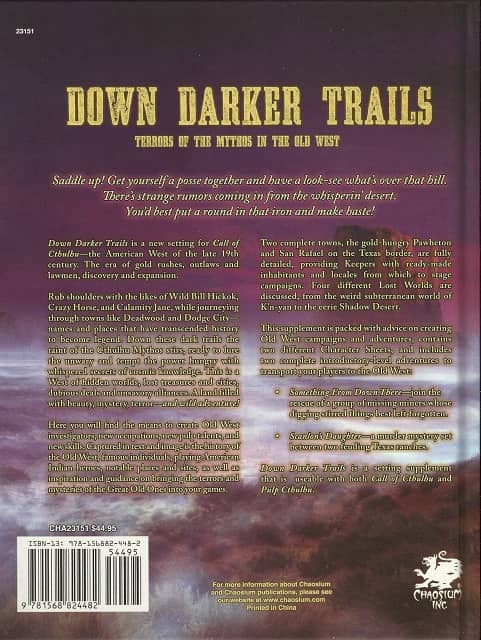The Games of Gen Con 2018
As you walk through the convention hall at Gen Con, moving from demo to demo and panel to panel, you can’t help but be overwhelmed by the advertisements everywhere, trying to catch your attention for the latest big game. Usually, there are one or two big new games that just seem to overwhelm the convention, often tied into big properties.
This year, the big new game at Gen Con wasn’t new. Not really. Pathfinder has long had a strong, even overwhelming, presence at Gen Con, so the promotion of the release of the Pathfinder Playtest this year felt pretty natural. Next year, we can anticipate the big release to be the Pathfinder Second Edition RPG, but for now the playtesting has begun.
I’ll cover the details of the Pathfinder Playtest in more depth in the upcoming weeks and months. I played two Pathfinder Society sessions of the playtest, at levels 1 and 5, so got a fair idea of how the bones of the new system operates. Fortunately, you don’t have to, because the Pathfinder Playtest Rulebook along with all other materials needed for play are available for free download at the Paizo website.
These downloads include the Doomsday Dawn campaign, a series of 7 adventures ranging from levels 1 to 17. These adventures aren’t all played with the same group of characters, although the core group of characters created for the level 1 adventure are re-used every couple of adventures at higher levels, so they’re really the “heroes” of the campaign. There are also three Pathfinder Society scenarios built for the playtest, to teach and test various elements of the game. And, of course, the Rulebook contains everything that a Gamemaster needs to create an original homebrew adventure or campaign for their group, to test out the rules in ways of their own devising.
